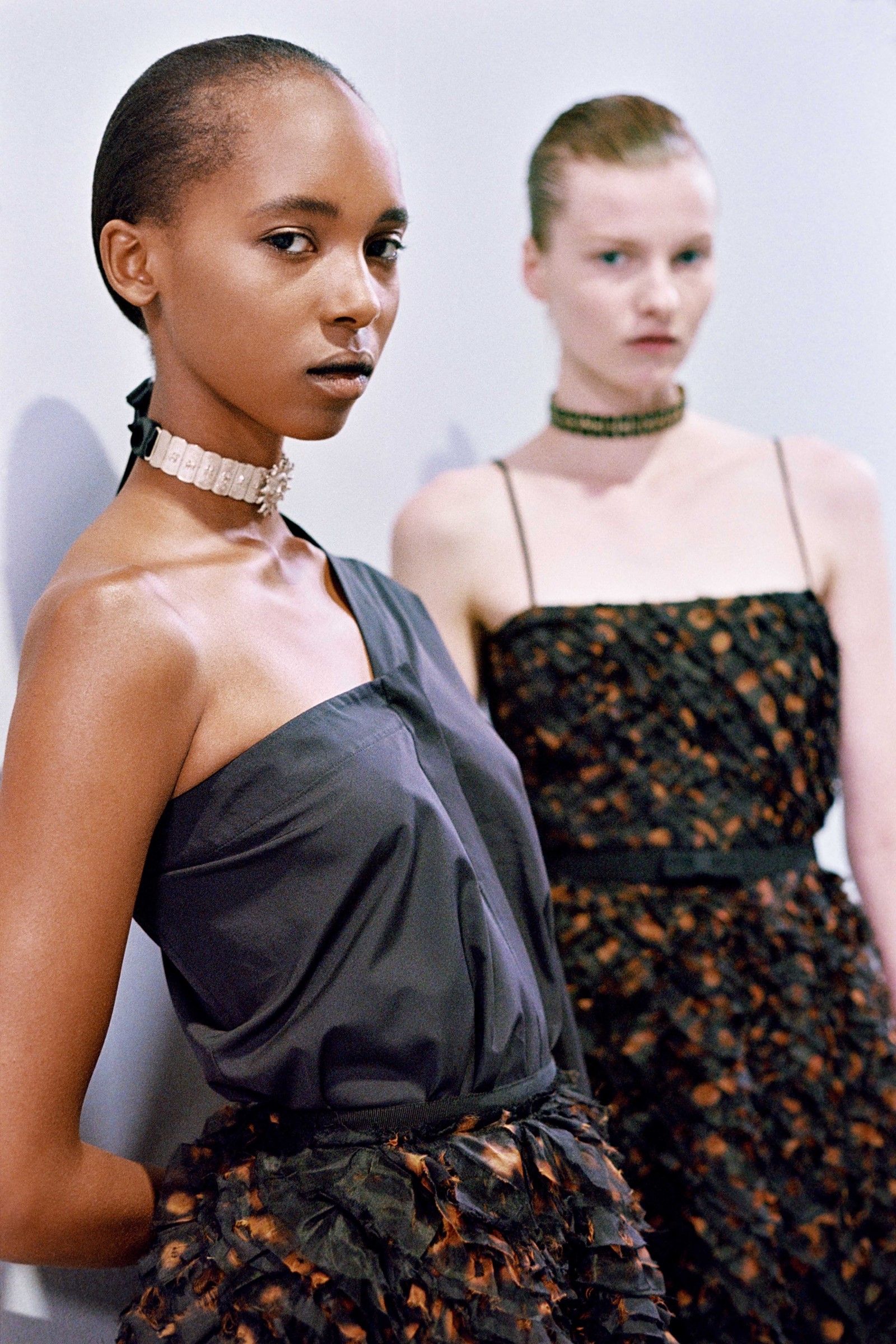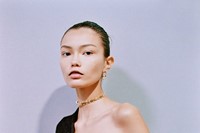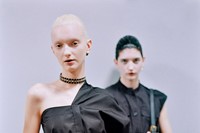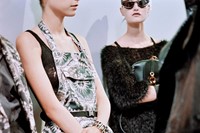Stuff you don’t hear often at a fashion preview: “the starting point was witches.” Yet Maria Grazia Chiuri alighted on those much-maligned feminine icons as the inspiration for her Spring/Summer 2024 Dior show – not as maleficent forces, but rather as unconventional and powerful women vilified and cast out from society for refusing to fit into the patriarchy.
Unexpectedly, witches aren’t a great leap for the house. Christian Dior was famously fascinated by mysticism, and his superstition was legendary – his collections were filled with fortune-hunting totems, and he had lucky colours (red), lucky flowers (lily of the valley), and a literal model named Lucky. Every show, he would thumb a piece of wood in his pocket, and he consulted a clairvoyant, Madame Delahaye, every week of his life. She, incidentally, advised against the trip to Italy where Dior would die aged just 52. So maybe he was onto something.
This collection was dominated by a witchy colour – black – and the moodboard contained images of Jeanne d’Arc, a heroine today, but one whose unorthodox feminist views of led her to be burnt as a witch – and Maria Callas as Medea from Pasolini’s 1969 film. There were images of 19th century Parisiennes, the women whose elegance entranced a young Christian Dior and inspired him to resurrect their actually not-so-new look half a century later.
Those then-controversially modern and emancipated women, whose sophistication entranced generations of writers, were often seen as transgressive for their freedom and independence. Perhaps playing into that trope, novelist Joris-Karl Huysmans even based a work, Là-Bas, on the notion of contemporary Parisiennes as Satanic cult figures. The anti-heroine of that work was Madame Chantelouve, an incarnation of all that traditional society both feared and was fascinated by in the modern woman, based in part on Huysmans’ one-time lover Berthe de Courrière, a poet but also a kabbalist and occultist. Even Dior’s love of flowers was reframed – prints featured medicinal flowers, prized for their healing properties. The kind that women dubbed “witches” may have utilised, to help their communities.
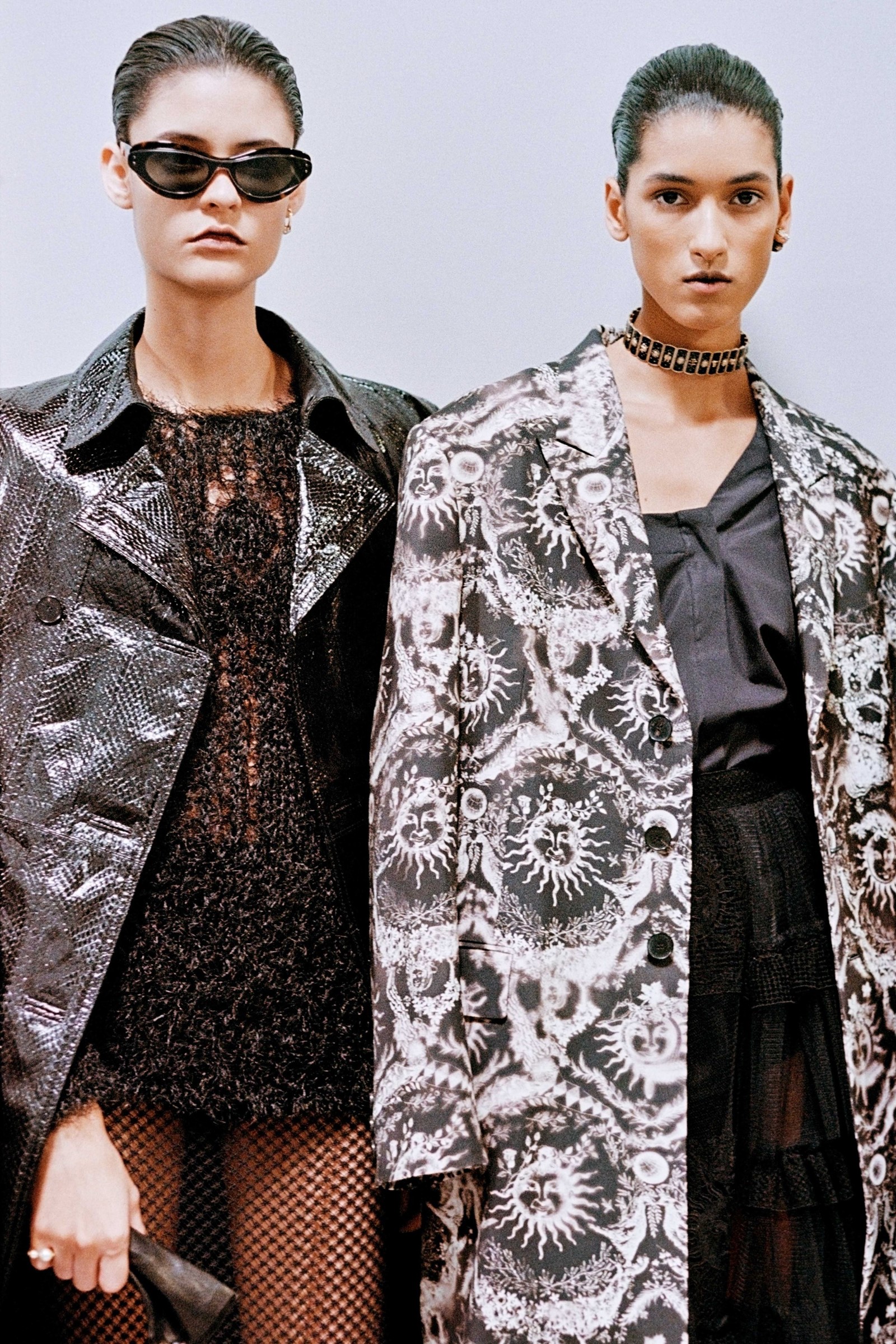
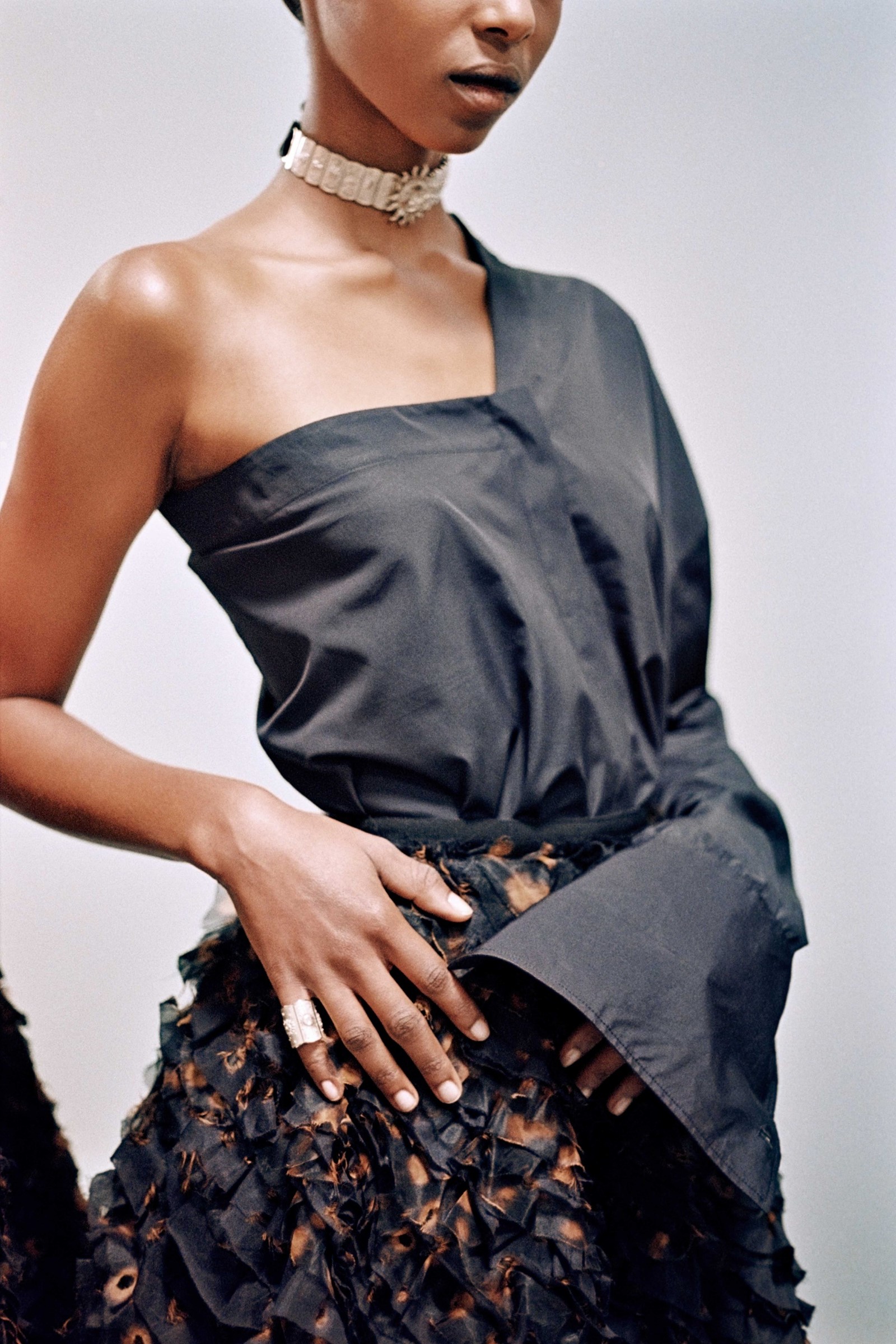
Nevertheless, for Chiuri this collection wasn’t about stereotypes of either witches or the femme fatale, but rather confronting those hackneyed images. And the same kind of images and ideas we may have of Dior. “The idea we have of Dior comes from photographs,” she said. “You see the silhouettes, but the women are not so present.” By contrast, Christian Dior’s autobiography – evidently well-thumbed by Chiuri – gives fully-fleshed portraits of the women surrounding him, essential to the machinery of the Dior company, and often his source of inspiration. “I think more of the book, less of the image,” Chiuri said. “I don’t want to reproduce a stereotype.”
If that idea was whispered through the clothes of the collection, it was writ large on the walls of the surrounding decor – a collaboration with the artist Elena Bellantoni to embellish the show space with archetypes and stereotypes of femininity, writ large with absurdist slogans and the repeated phrase “not her”. And in a sense, there was that idea in the clothes, where styles associated with Dior were twisted, sometimes literally – laces were scissored, almost ravaged, dresses skewed off the shoulder, shirts became asymmetric, the collar looping under one arm.
That was actually a reference to a déshabillé style from Dior’s own back catalogue, although it would take a keen historian to realise. Which was the point. “I have to maintain the spirit to create a different look,” Chiuri said. “I know I’m full of stereotypes in my mind – it’s very difficult to be free.”
